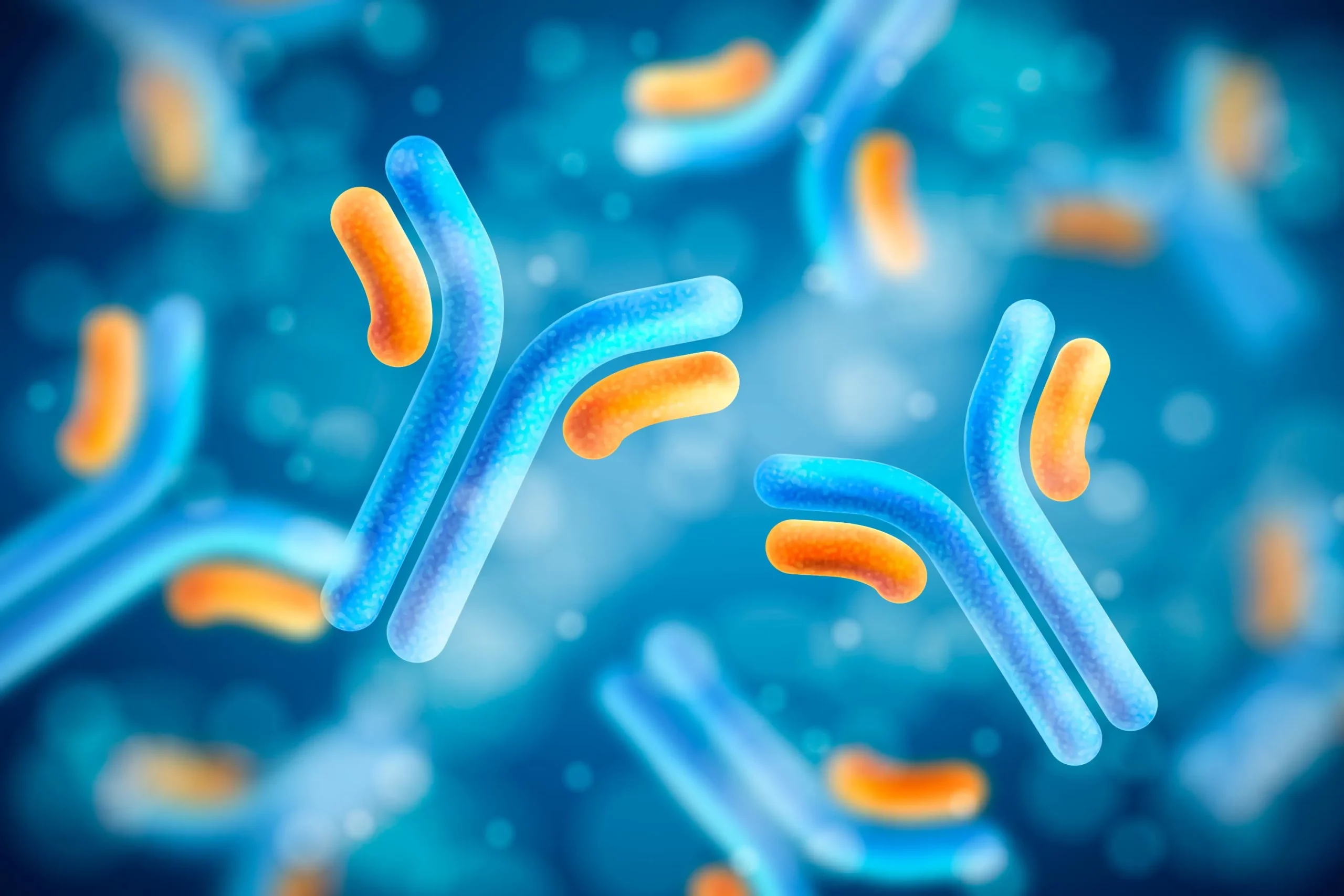Introduction
In the invisible yet intricate world of bacterial organisms, the regulation of cellular processes is a key determinant in their survival and function. Recent research has unearthed remarkable insights into the role of cyclic di-AMP (c-di-AMP), a pivotal nucleotide signal responsible for critical cellular functions such as growth, division, and environmental adaptation, with a particular emphasis on potassium uptake regulation. This article delves into the groundbreaking findings of a study that deciphers how c-di-AMP modulates potassium uptake by regulating the expression and activity of the potassium uptake protein KimA.
Discovering c-di-AMP’s Role in Potassium Regulation
The study, published in *The Journal of Biological Chemistry* (2020), presents a comprehensive account of how c-di-AMP influences the homeostasis of potassium—an element crucial for bacterial survival—in *Bacillus subtilis* (B. subtilis). The investigation led by Jan Gundlach and a team of researchers has propelled our understanding of how bacteria sense and respond to potassium levels in their environment, unveiling the molecular intricacies that sustain life at its most fundamental level.
Detailed Insights from the Research
*Bacillus subtilis*, the model organism for this study, was meticulously analyzed to uncover the relationship between c-di-AMP and potassium homeostasis. It was revealed that c-di-AMP directly influences the functionality of KimA, a transport protein that facilitates the ingress of potassium ions into the bacterial cell.
Two central aspects were highlighted:
1. Regulation at the Expression Level: c-di-AMP’s impact on the expression of kimA*was shown to be significant, dictating the quantity of KimA proteins produced within the cell.
2. Modulation of Activity: The interaction between c-di-AMP and KimA suggests that c-di-AMP binds to KimA to modulate its transport efficacy.
Implications of KimA Regulation
By controlling both expression and activity, c-di-AMP affords the bacterial cell a versatile and responsive mechanism to maintain internal potassium levels. The cell can adjust to varying external potassium concentrations, which is crucial for its survival, especially in harsh or fluctuating environments.
Considering the broader spectrum of bacterial life and its various species, Bacillus subtilis serves as a critical gauge. This discovery not only provides insights specific to B. subtilis but also sets a precedent for understanding cellular processes in other bacteria.
The Pivotal Role of c-di-AMP
These findings underscore the essence of c-di-AMP as the only known vital second messenger in bacteria. It coordinates various crucial pathways, including DNA repair, cell wall maintenance, and ion transport.
Future Directions
The discovery of c-di-AMP’s role in potassium homeostasis opens new therapeutic avenues. The development of drugs targeting the c-di-AMP signaling pathway could revolutionize the treatment of bacterial infections, presenting a novel strategy to combat antibiotic-resistant strains.
References
1. Gundlach, J., et al. (2019). Sustained sensing in potassium homeostasis: Cyclic di-AMP controls potassium uptake by KimA at the levels of expression and activity. The Journal of Biological Chemistry, [294], 9605-9614. https://doi.org/10.1074/jbc.RA119.008774
2. Witte, G., et al. (2008). Structural biochemistry of a bacterial checkpoint protein reveals diadenylate cyclase activity regulated by DNA recombination intermediates. Molecular Cell, [30], 167-178. https://doi.org/10.1016/j.molcel.2008.02.020
3. Commichau, F. M., et al. (2019). Making and breaking an essential poison: the cyclases and phosphodiesterases that produce and degrade the essential second messenger cyclic di-AMP in bacteria. Journal of Bacteriology, [201]. https://doi.org/10.1128/JB.00462-18
4. Corrigan, R. M., et al. (2013). Systematic identification of conserved bacterial c-di-AMP receptor proteins. Proceedings of the National Academy of Sciences of the United States of America, [110], 9084–9089. https://doi.org/10.1073/pnas.1300595110
5. Orr, M. W., et al. (2016). Sustained sensing as an emerging principle in second messenger signaling systems. Current Opinion in Microbiology, [34], 119–126. https://doi.org/10.1016/j.mib.2016.08.010
Keywords
1. Cyclic di-AMP
2. Bacterial potassium homeostasis
3. KimA potassium uptake
4. c-di-AMP signaling pathway
5. Bacterial second messenger systems
Conclusion
The implications of this finding are both scientific and practical. Not only does the intricate role of c-di-AMP serve as a fascinating demonstration of nature’s complexity, but understanding it may also lead to revolutionary strategies in combating bacterial diseases. The research elucidates how subtle molecules have the power to guide the path of life from microscopic organisms to the global web of biological processes, emphasizing that sometimes the answers lie deep within the nanoscopic details of life.
